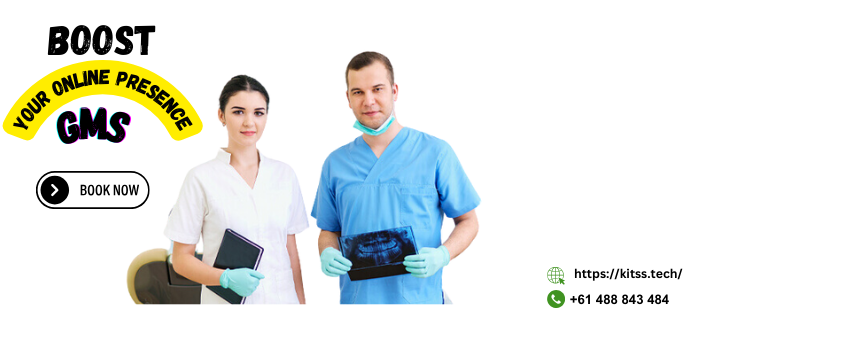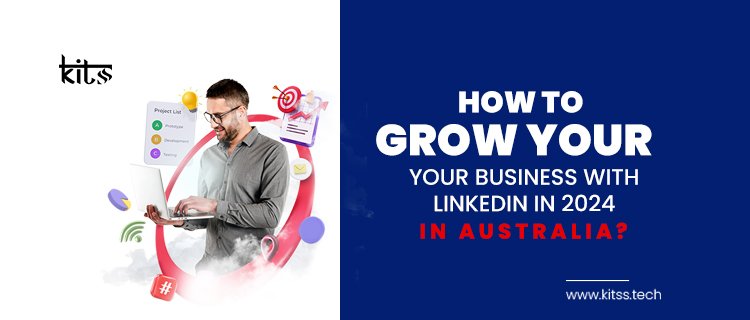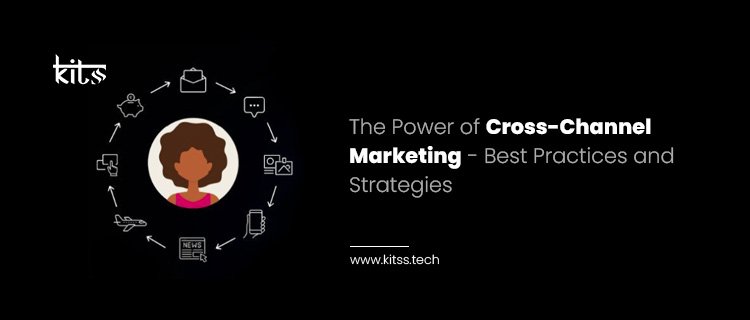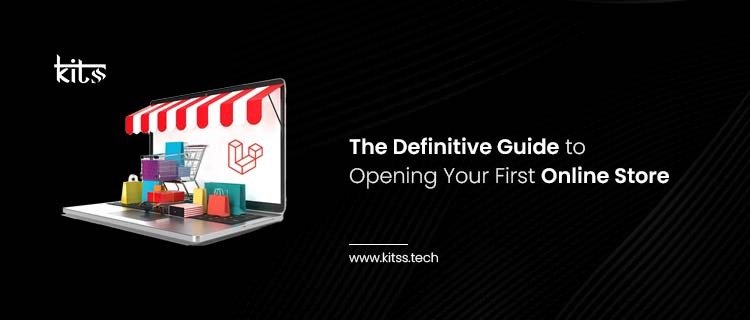How to Grow Your Dental Business with Digital Marketing Services in Australia
Are you running a dental clinic and hoping to see more happy patients walking through your door? Well, diving into the world of digital marketing might just be the key to filling those appointment slots. It’s all about getting your name out there where potential patients are already looking—online. Let’s chat about how smart digital marketing services can really boost your dental business and why teaming up with Kabir IT Services might be your best move.
1. Build a User-Friendly Website
Imagine your website as the front porch of your clinic. It’s the first thing people see, so you want it to be inviting. Make sure it’s clear, navigable, and friendly, with all the essential info upfront: your services, team details, and how to book an appointment. Also, since a lot of folks will check you out from their phones, your site needs to work smoothly on mobile devices too.
2. Optimize for Search Engines (SEO)
Getting noticed on Google is a big deal because it helps new patients find you. Start by figuring out what terms people use to search for dental services in your area—like “teeth whitening in Sydney” or “Melbourne dental implants.” Use those phrases on your website to help boost your position in search results.
3. Leverage Local SEO
For a dental clinic, the local crowd is your bread and butter. Make sure when someone nearby searches for a dentist, your name pops up. List your clinic on Google My Business and other local directories. Use local keywords on your site, and encourage happy patients to leave glowing reviews to up your local SEO game.
4. Engage with Content Marketing
Here’s where you get to share your dental wisdom and connect with patients. Create helpful content like blog posts on oral health, instructional videos, and infographics that explain dental procedures. Good content not only draws people in but also helps them trust you as their dental expert.
5. Active Social Media Presence
Social media is great for more than just viral videos—it’s a place to strengthen relationships. Regularly post useful dental tips, clinic updates, and happy patient stories to engage with your community. This keeps your clinic in their minds and builds trust.

6. Implement Pay-Per-Click (PPC) Advertising
Want to get seen fast? PPC ads are perfect. These ads show up above normal search results and you only pay when someone clicks. You can target them based on location, what people are searching for, and more, making them super effective for drawing attention quickly.
7. Utilize Email Marketing
Email is a direct line to your patients. Use it to send out reminders, dental tips, and news about your clinic. Making your emails personal can really boost engagement, so include things like the patient’s name or custom offers.
8. Foster Online Reviews
Reviews can make or break your clinic’s reputation. Encourage your patients to leave positive feedback online. Be sure to respond to these reviews too—it shows you value your patients and their input.
9. Video Marketing
Videos can show potential patients the friendly faces behind your clinic and explain treatments in a way that’s easy to understand. Sharing patient testimonial videos can also help ease anxiety for new patients.
10. Mobile Optimization
Most people will visit your website from their phone, so make sure your site looks good and works well on mobile. This means fast load times, easy navigation, and a smooth booking process right from their smartphone.
11. Analyze and Adapt
One of the best parts of digital marketing is the ability to see what’s working and what isn’t. Use analytics tools to watch how people interact with your ads and your website, then tweak your tactics as needed to keep improving.
12. Leverage Automation and AI Technologies
Integrating automation and AI technologies can significantly enhance your marketing efforts.
By deploying AI-driven chatbots, you can provide instant responses to patient inquiries, schedule appointments, and even handle common customer service questions, all without manual intervention.
Implementing WhatsApp marketing can directly connect you to your patients, providing them with timely updates and personalized offers.
Furthermore, automating your marketing workflows can ensure consistent engagement with your audience, delivering the right message at the right time.
By embracing these advanced technologies, your dental clinic can streamline operations, improve patient satisfaction, and ultimately drive more bookings.
Why Choose Kabir IT Services?
Kabir IT Services knows how to make digital marketing work for dental clinics across Australia. They customize their strategies to fit your specific needs, helping you attract more patients and grow your practice effectively.
Digital marketing isn’t just about being online—it’s about making meaningful connections that grow your dental practice. With the right approach, you can increase your visibility, attract more patients, and build a stronger, more trustworthy brand. If you’re ready to see how digital marketing can transform your dental clinic, Kabir IT Services is ready to help. Let’s take your practice to the next level, together!















